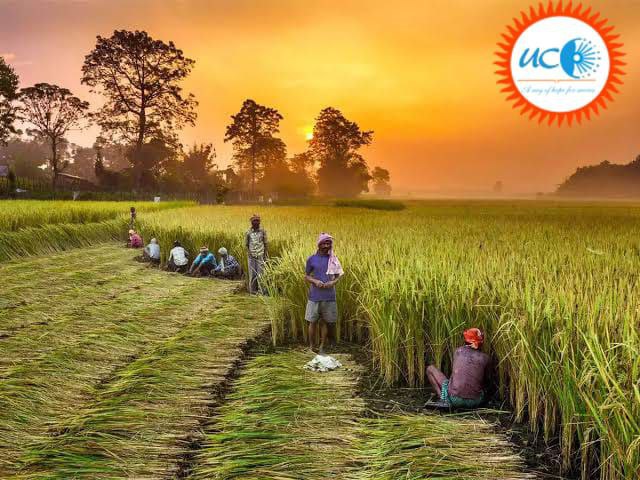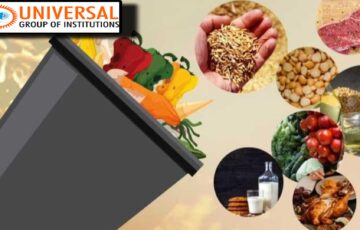How far do you agree that green revolution has made the present generation food sufficient at the cost of nutritional security of future generations? Also, recommend measures to transform green revolution into evergreen revolution
Approach:
- Introduce the answer by describing green revolution.
- In the body, first describe significance of green revolution in creating food sufficiency.
- In next section, discuss harmful implications of green revolution for nutritional security of future generations.
- Lastly, describe evergreen revolution and list measures to pursue it.
- Conclude with need to make agriculture sustainable and inclusive.
Green revolution refers to the large increase in food production in 1960s and 70s through use of artificial fertilizers, pesticides, and high-yield crop varieties, which increased global food supply.green revolution improved food availability but also created unwanted side effects.
The significance of green revolution in providing food sufficiency for present generation is as follows:
- Annual food grain output increased from 81 million tonnes in 1960s to 309 million tonnes in FY2021. India transitioned from aid-dependency of PL-480 to being major exporter of food, supporting global supplies even during pandemic.
- Improved accessibility of food has been ensured through food supplies under schemes such as TPDS, Antyodaya Anna Yojana, PM Gareeb Kalyan Anna Yojana etc.
- The emphasis on paddy cultivation created livelihood support through agricultural employment. E.g., employment of migrant agriculture labour due to shift towards hired workers.
- Linkages between agriculture and industry modernised agriculture. E.g., use of fertilizers.
- Under the inspiration of green revolution, Operation Flood was started which created sufficiency in milk production through success of cooperative model. E.g., Amul.
While green revolution secured food sufficiency for present generation, it has also created harm for nutritional security of future generations in following ways:
- Green revolution made Indian agriculture cereal-centric. Wheat and rice displaced more nutritious pulses and coarse grains like Ragi from diet, giving rise to issues such as greater burden of non-communicable diseases like diabetes.
- Effects on cropping pattern have undermined sustainability of agriculture. E.g., loss of soil fertility due to decline of crop-rotation practices of nitrogen-fixating and nitrogen-consuming crops.
- Policies enacted in era of food scarcity are no more relevant due to rise of new factors such as climate change and water scarcity. E.g., water exports in form of rice amidst depleting ground water.
- Excessive use of chemical inputs has created ecological harm like soil and water pollution due to leaching of fertilisers and pesticides. E.g., increased cases of cancer due to arsenic poisoning.
- Regional bias: Green revolution remained restricted to north-western states in general. More populous eastern states remain saddled with low agricultural productivity and demographic challenge of rural poverty.
In light of green revolution’s ill effects for nutritional security of future generations, experts such as Dr MSnSwaminathan, ‘the father of green revolution’ have called for an evergreen revolution to improve agricultural productivity in perpetuity without ecological and social harm.
Following measures can be adopted to transform green revolution into evergreen revolution:
- Technology development based on ecological principles. E.g., drought-tolerant crop varieties for stability in food production.
- Watershed management: Conservation of ponds and vegetation cover in catchment areas to enhance water table.
- Social protection measures be based on nutritional security. E.g., distribution of millets and dairy under PDS, PM-POSHAN etc. and public procurements for the same.
- Climate-smart agriculture: Adoption of practices that improve soil quality and reduce input costs. E.g., ZBNF (Zero Budget Natural Farming)
- Integrated farming practices such as rice-fish cultivation to bring convergence between agriculture and nutrition.
- Support for alternative crops such as medicinal plants, minor forest produce, tubular crops etc. for income and nutrition support to tribals and small & marginal farmers.
Green Revolution made India food sufficient. However, new challenges require course correction to make agriculture sustainable, eco-friendly and inclusive along the principles of evergreen revolution.









